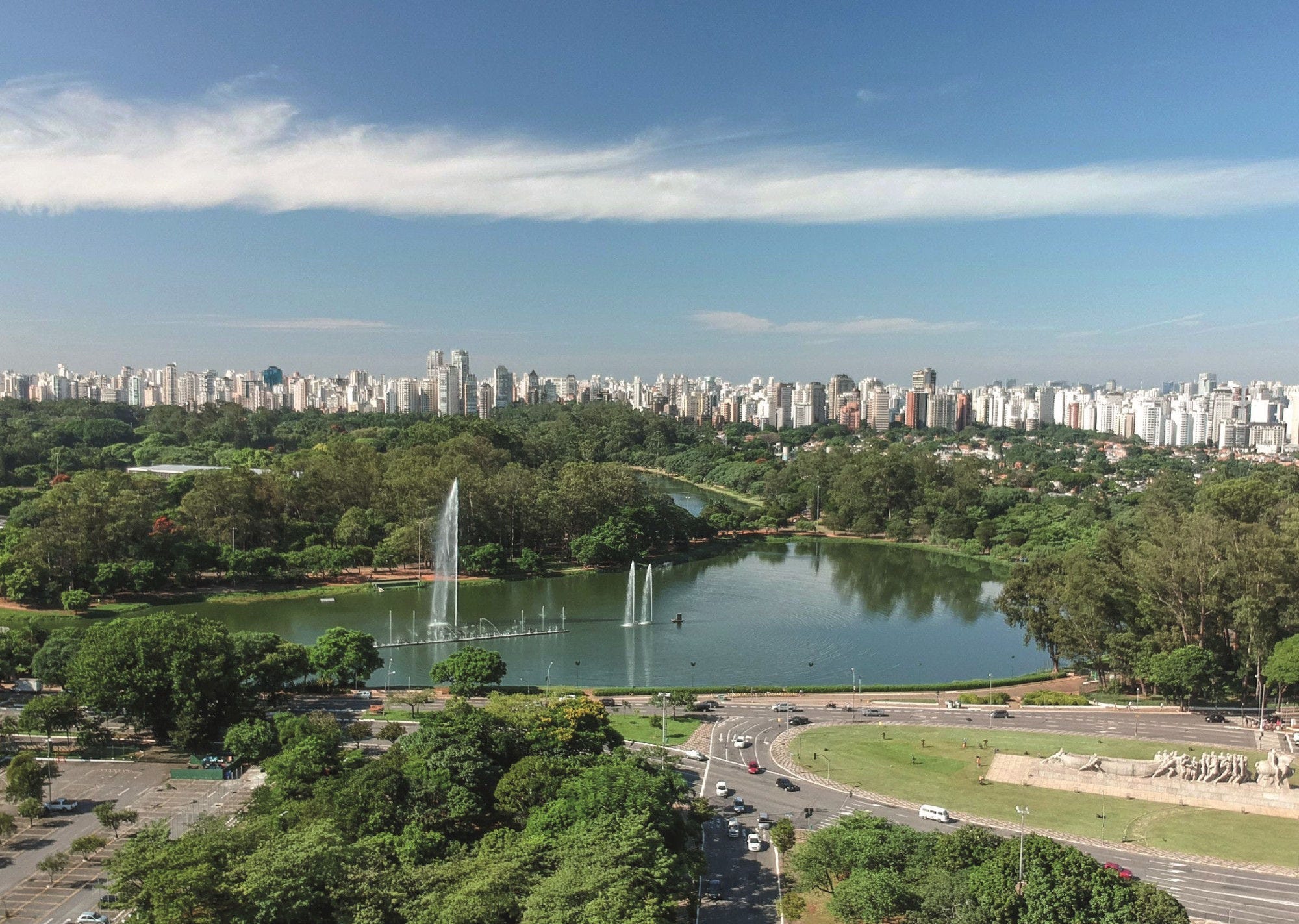Government revenues refer to the income generated by the government. The primary sources of revenue in Latin American and Caribbean (LAC) countries are typically taxes, social contributions and customs duties. In some LAC countries, such as Chile, Colombia, Ecuador and Mexico, a significant share of revenue may also derive from non-tax sources, such as income from state-owned enterprises or royalties on natural resources. Governments use revenues to provide public goods and services and to redistribute income through social benefits and subsidies that in turn can contribute to reducing income inequality, among other purposes. Revenue policies can also be used to encourage socially beneficial activities, for example, through tax breaks for research and development; or to discourage harmful ones for example through taxes on carbon emissions or tobacco use.
General government revenues in LAC countries averaged 31.5% of gross domestic product (GDP) in 2022 compared to 39.7% in OECD countries. This represents an increase between 2019 and 2022 of 1.1 percentage points (p.p.), exceeding pre-pandemic levels (from 30.4% of GDP in 2019), as economic activity rebounded, and commodity prices surged. OECD countries also experienced a similar return of revenues to pre-pandemic levels, from 37.6% in 2019 to 39.7% in 2022. Within the LAC region, Brazil (43.27%), Ecuador (39.38%), Argentina (33.42%) and Jamaica (30.08%) had the highest general government revenues relative to GDP in 2022 (Figure 10.1). Countries rich in natural resources, such as oil or minerals, tend to have higher government revenue, as exemplified by Ecuador. However, these differences also reflect policy decisions. For instance, Brazil’s revenues as a share of GDP exceed the OECD average, primarily due to the country’s high tax revenue ratio (OECD et al., 2023). Over the longer term, average, government revenues as share of GDP increased by 2.1 p.p. between 2007 and 2022 in LAC countries and by 2.6 p.p. across the OECD (Figure 10.2).
The average general government revenues per capita differ substantially between LAC countries (USD 6 152.86 PPP) and OECD countries (USD 22 559.56 PPP). Revenues per capita also vary widely within the region. Argentina, Brazil and Chile collect around USD 8 000 PPP per capita, while Honduras and Guatemala collect under USD 1 700 PPP, and Haiti just USD 197 PPP (Figure 10.3). LAC countries also differ in how much COVID-19 affected government revenue, and the subsequent rebound. Those experiencing the strongest downturn in real government revenue per capita between 2019 and 2020, such as Suriname (-24,8%), Panama (-21.3%) and Peru (-20.6%), also experienced some of the fastest growth between 2020 and 2021. Suriname’s growth of 42.1% in per capita government revenues during that period meant it had both the sharpest fall and the largest rebound among LAC countries (Online Figure F.7.1). These variations in Suriname were the result of years of economic mismanagement, exacerbated by the global economic crisis caused by the pandemic, combined with a stark currency devaluation and an inflation spike as the monetary system gradually transitioned to a freely floating exchange rate (IMF, 2022).



